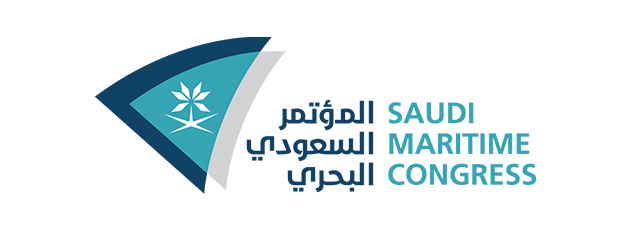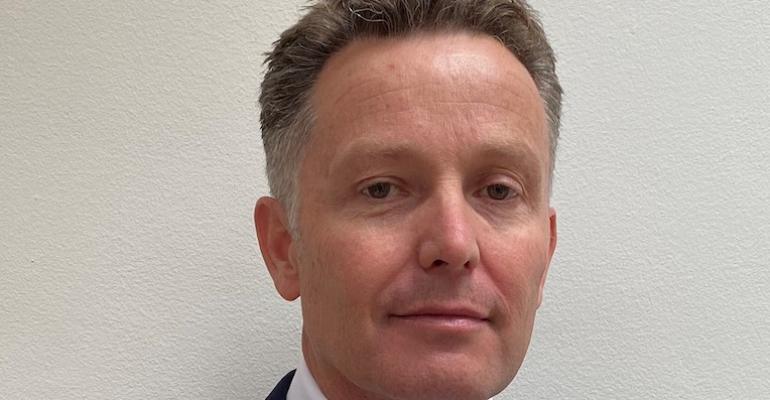In the sixth of a series of interviews ahead of the Saudi Maritime Congress Martin Crawford-Brunt, CEO, Lookout Maritime, talked to Seatrade Maritime News the need for greater cooperation between cargo interests and shipowners.
“We see a great deal of tension between cargo interests and ship owners. Charterers complain owners are dragging their feet and not responding to the need for lower-emissions ships, while owners say they are unwilling to be guinea pigs, and that they cannot secure long enough charters at high enough rates to justify the risk,” `Crawford-Brunt explained.
An example of this is the carbon intensity indicator (CII), which is often misunderstood as a compliance matter, when chartering teams are surprised to learn that they must take part of the responsibility to manage it, he believes.
Owners also complain that charterers don’t take their responsibilities seriously, and that when it comes to selecting vessels, it comes down solely to price. A way to solve these issues is for both sides to agree on optimisation, and how it is measured. This would facilitate an improved dialogue between cargo interests and ship owners over performance, which is more likely to support intended outcomes.
Although collaboration is often spoken about, it is very difficult to deliver due to the many dysfunctions which exist in both the market and regulations. New regulations like the CII and EU emissions trading schemes would require a deeper understanding of the interplay between the market, technical and regulatory aspects than ever before, in order to minimise the impact on business or reputation.
“To be successful in managing this change requires businesses to become more ‘bilingual,’” Crawford-Brunt said. This would also require improved dialogue between technical and compliance teams on the one hand, and commercial and chartering responsibilities on the other.
He sees the CII as a ‘missed opportunity’ to provide a reliable way to assess the efficiency of the work done by a ship. Stressing the potential for anomalies, he said the best way to improve a CII rating was to sail long distances slowly without a cargo onboard, which further reduced fuel consumption.
“It therefore doesn’t reward triangulation which reduces ballast legs. The rating will vary significantly between sister ships even of the best design, as the ranking is largely down to the type of trade or routes that the ship is employed on and the speed it sails at, often at the request of the charterer,” he said. “CII considered in isolation when trying to assess the relative efficiency of ships subject to resale, finance or chartering, could lead to the wrong outcomes and create the wrong incentives.”
The IMO sulphur cap was another example of well-intended regulation missing its mark, he said.
“A smooth transition without any major incidents [has been] a great demonstration of our industry’s ability to adapt. However, this is also an example of the dangers of optimising one parameter at a time, as this directive, while reducing SOx, has increased CO2 emissions. With current bunker spreads, it has also made onboard scrubbers more attractive on a number of routes, with all of the associated concerns about safety onboard and the environment,” he said.
With a broadening decarbonisation mandate across industries, shipping will play an increasingly important role in the decarbonisation of supply chains. While meaningful emission reduction through optimisation of existing assets should not be discounted in the near term, zero-emission shipping would require the production and scaling of low-carbon fuels as part of a broader energy transition.
“There seems to be a preoccupation with finding ‘the solution,’ and a rush to position one alternative over the other. When you consider that shipping serves such a wide range of markets, customers, consumers, and stakeholders, we are entering a multifaceted reality and not a binary choice as we navigate this transition. The commercial aspects can’t be ignored, and, with limited supply of fuels, we will need all the available alternatives which provide a reduction,” Crawford-Brunt said.
“Shipping is part of the solution to supply chain decarbonisation—and not the problem.”
Martin Crawford-Brunt will be a speaker at the Saudi Maritime Congress, which takes place on September 28-29 in Dammam, Saudi Arabia
Full Conference Agenda
Free Exhibition and Conference Registration
Copyright © 2024. All rights reserved. Seatrade, a trading name of Informa Markets (UK) Limited.
Add Seatrade Maritime News to your Google News feed.  |



